Zapier Open Source Alternative: Top 5 in 2025 [Review]
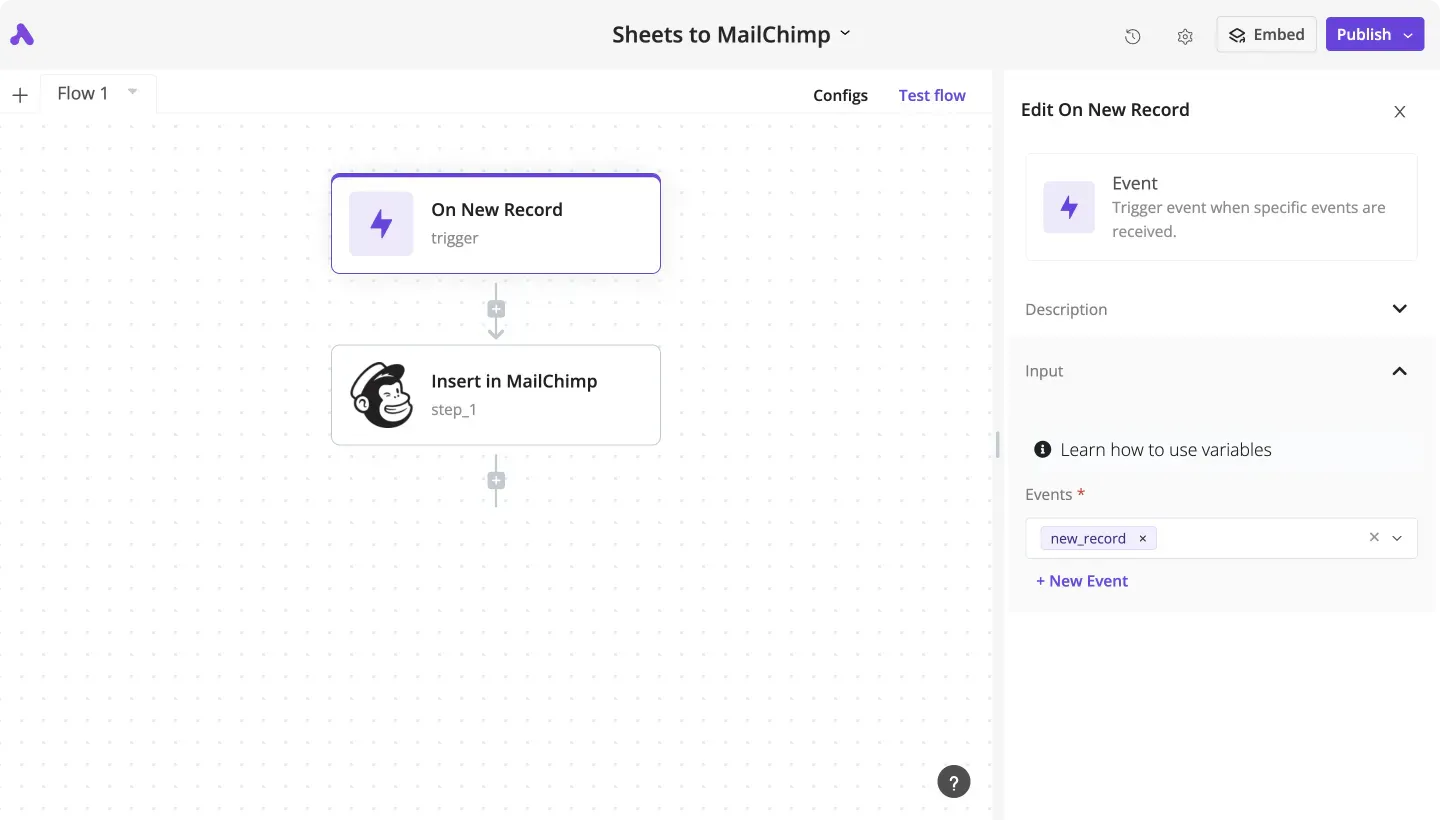
Short Answer: If you're in the market for an open source alternative to Zapier, you should definitely check out Activepieces. It has a super simple UI, it's backed by Y Combinator, and it has a growing community and great support.
Okay, now onto the longer version...
Open Source Zapier
Open source means that you can read its code and there is some license that governs how you can modify, redistribute or run it. We wrote this article as we navigated the different options that can be the “open source zapier” so you don’t have to research them.
Zapier is not open source. However, if you are looking for an open source Zapier alternative, this article will guide you through various options.
Why a self hosted open source alternative to Zapier?
There are different categories of Zapier alternatives in the market. However, there are a few reasons why you might want to consider an open source no-code business automation tool alternative to Zapier, including:
Cost: Many open source alternatives are free, whereas Zapier has a very limited free plan.
Customization: With an open source alternative, you have access to the source code and can customize it to your specific needs.
Security: Because the source code would be publicly available, users would be able to review and audit the code to ensure that it is secure and respects the privacy of users’ data.
Self Hosting: Self-hosted solutions allow you to have complete control over where your data is stored and how it is used. This can be particularly important for organizations that are subject to data residency laws or regulations, which mandate that certain types of data must be stored within a specific geographic region.
Community: Open source projects often have a strong community of developers and users contributing to their development, which can lead to more frequent updates and improvements.
These automation solutions offer unique strengths and specialized functionalities to fit different user needs. Additionally, workflow automation tools are designed to simplify and streamline the creation of automated processes within businesses, allowing teams to connect various applications and save time by automating repetitive tasks.
Breaking free from vendor lock-in
Vendor lock-in is a significant concern for businesses relying on proprietary automation tools like Zapier. When you’re tied to a specific vendor, you’re limited by their features, pricing, and support. Open-source automation tools offer a way to break free from vendor lock-in, giving you the freedom to customize and extend your automation workflows as needed.
With open-source tools, you’re not locked into a specific vendor’s ecosystem. You can choose the integrations, features, and support that best fit your business needs. This flexibility is especially important for businesses with unique or complex automation requirements.
Moreover, open-source automation tools often have a community-driven approach, which means that you can contribute to the development of the tool and influence its direction. This collaborative environment leads to rapid improvements and a broader range of features, ensuring that your automation workflows stay up-to-date with the latest technologies and trends.
Need for more control over data and workflows
As businesses grow, their automation needs become more complex. Proprietary automation tools like Zapier may not provide the level of control and customization required for advanced workflows. Open-source automation tools, on the other hand, offer a high degree of flexibility and customization, allowing you to tailor your automation workflows to your specific business needs.
With open-source tools, you have complete control over your data and workflows. You can choose where your data is stored, how it’s processed, and who has access to it. This level of control is essential for businesses with sensitive data or strict compliance requirements.
Furthermore, open-source automation tools often provide advanced features like custom workflows, data flow management, and integration with external cloud services. These features enable you to automate complex tasks, extract data from various sources, and create custom workflows that meet your specific business needs.
Scalability and cost concerns
Proprietary automation tools like Zapier can be expensive, especially for large-scale automation needs. Open-source automation tools, on the other hand, offer a cost-effective solution for businesses of all sizes.
With open-source tools, you can scale your automation workflows without incurring sky-high costs. You can choose to self-host your automation tool on your own servers, which gives you complete control over your data and workflows. This approach also eliminates the need for recurring subscription fees, making it an attractive option for businesses with limited budgets.
Moreover, open-source automation tools often have a large community of users and contributors, which means that you can tap into a wealth of knowledge and expertise. This community-driven approach ensures that the tool stays up-to-date with the latest technologies and trends, reducing the need for costly upgrades and maintenance.
Top open source automation tools
Here are a few open source alternatives to Zapier that you might want to learn about:
These tools are designed to handle complex workflows, making them ideal for managing intricate tasks and data pipelines. Additionally, many of these platforms offer a drag and drop interface, providing a user-friendly experience that allows both beginners and experienced developers to create and customize data workflows visually.
1. Activepieces

We built Activepieces to be the best open source alternative to Zapier. Activepieces offers flexible and customizable automation processes, giving users control over their workflows. It can also automate repetitive tasks, such as data entry and form filling, to save time and increase productivity.
Pros
- An intuitive and clean user experience.
- Licensed under MIT (check out our GitHub repo): use, modify and distribute as you wish.
- Community focused: you can join our Discord server to be part of the community.
- Built by ex-Google and Amazon software engineers.
- Backed by the world's top investors: Y Combinator and scouts from Accel and Sequoia.
Cons
- The number of apps on Activepieces is smaller than Zapier but their growth rate and coverage are reasonable.
2. Huginn
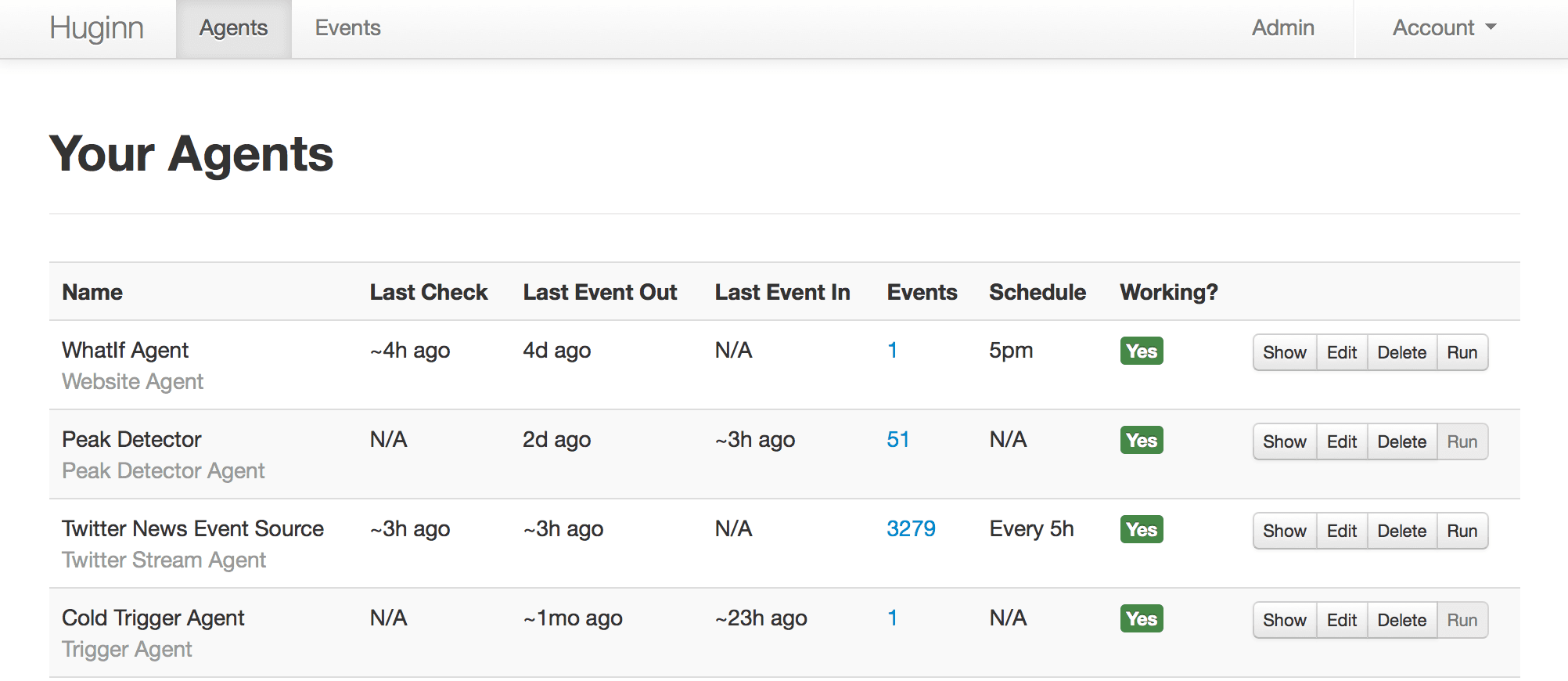
This open source platform is similar to Zapier, but it allows you to set up more complex and customizable workflows. Huginn excels in managing complex workflows, enabling users to automate intricate tasks and data pipelines. It’s written in Ruby and can be run on your own server, offering a self-hosted solution for enhanced privacy and security.
Pros
- You can create complex automations using their agents.
- It has a minimal UI.
- Actively maintained by the community.
Cons
- Number of their agents grows slowly.
- Too technical although it has a minimal UI.
3. N8n
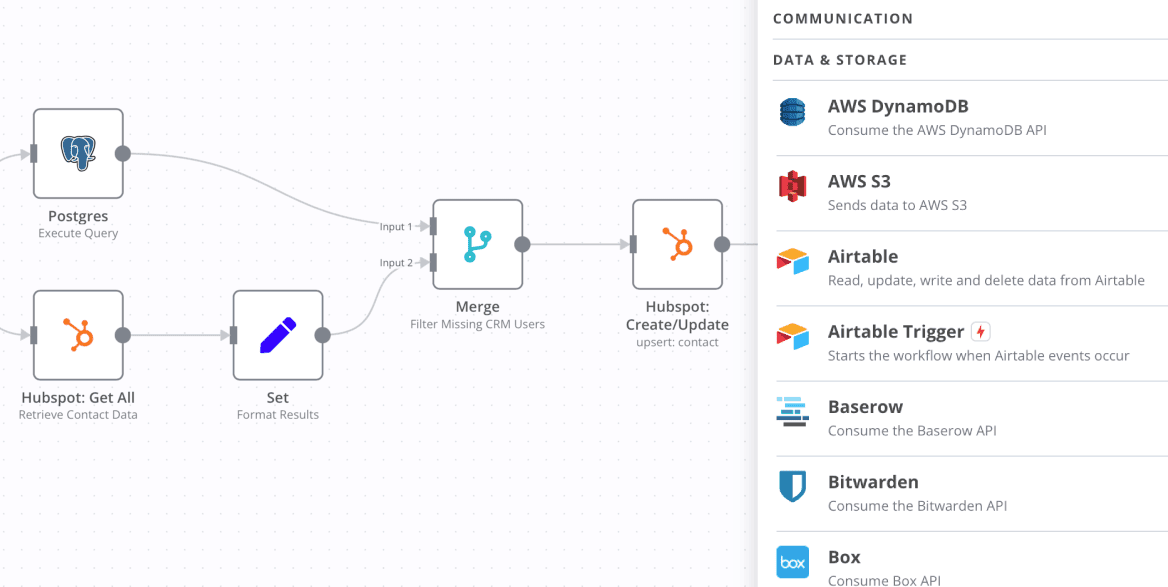
This is not really considered as open source since it doesn’t permit you to modify and distribute the code for commercial purposes, but the code is publicly available for personal use. It has a modern UI and a wide range of integrations available. N8n is designed to handle complex workflows, making it a powerful tool for managing intricate tasks and data pipelines. Additionally, its drag and drop interface provides a user-friendly experience, enabling both beginners and experienced developers to create and customize workflows visually.
Pros
- Allows highly flexbile and customizable flows.
- Offers a wide range of integrations.
Cons
- Its horizontal flow designer is generally disliked.
- Even if you contribute to its codebase, you can't use your contribution for commercial purposes.
- Contribution policy is described as difficult and complicated.
- Due to the contribution policy, community connectors grow very slowly.
4. Apache Nifi (for complex workflows)
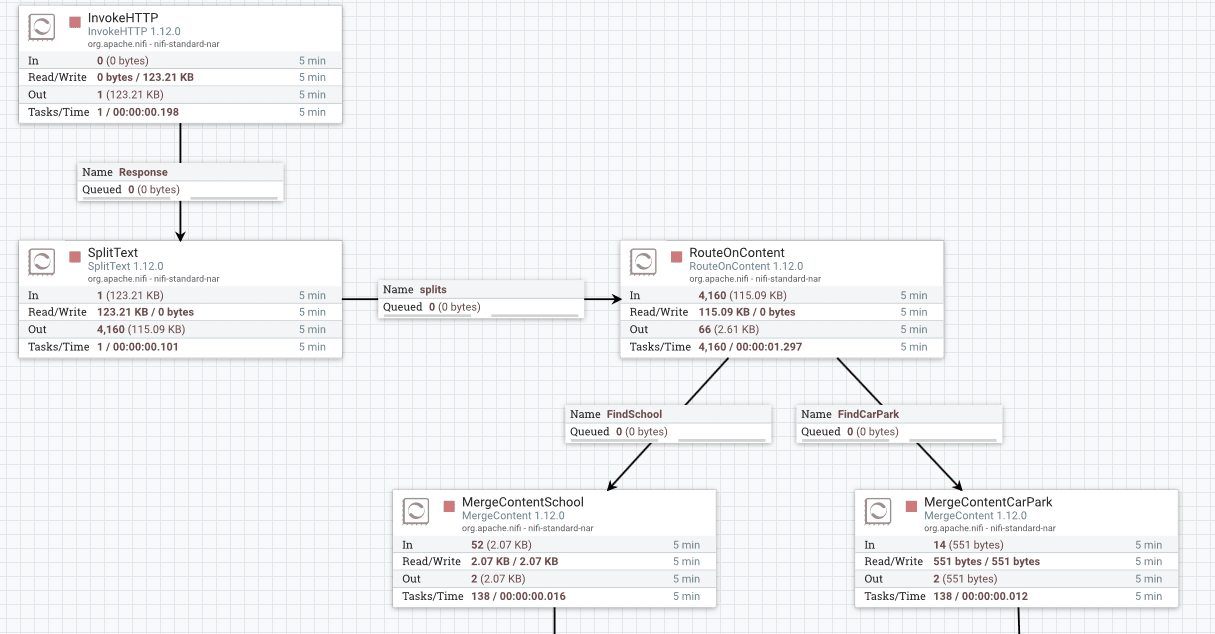
This open source platform is more geared towards data flow and automation, and it has a lot of advanced features for data processing and transformation. Apache NiFi excels in orchestrating complex workflows, making it ideal for managing intricate tasks and data pipelines. Additionally, it allows developers to design these workflows without writing code, catering to both novice and advanced users.
Pros
- Advanced features for data processing and transformation.
- Ready to be used in an enterprise ecosystem.
- Flexible to be extended by technical people.
Cons
- It has a steep learning curve to getting value out of it.
- Too technical to set up and use.
- An overkill for low volume flows since it's designed for enterprise use cases.
5. Node-RED
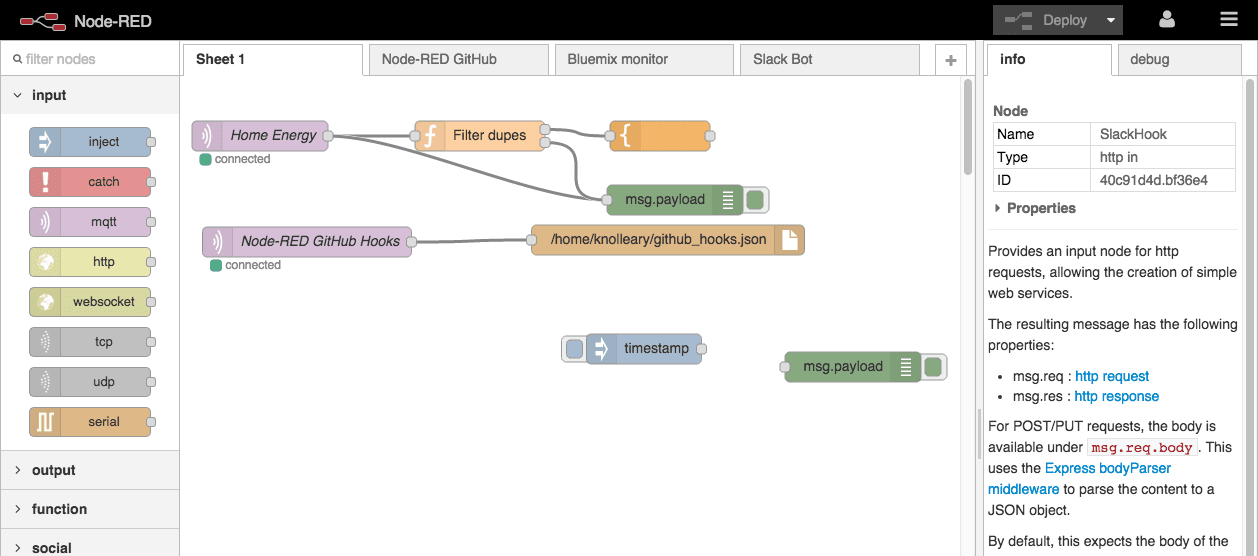
This open source platform is great for those who are familiar with JavaScript, as it allows you to create workflows using a visual programming interface. Node-RED features a user-friendly drag and drop interface, enabling developers to create complex data workflows visually. Additionally, Node-RED integrates seamlessly with various services, including Google Sheets, making it a versatile tool for automating workflows across different platforms.
Pros
- Visual programming interface makes it easy to use.
- Large community with a great amount of contributions.
Cons
- Very focused on hardware connectors and less of a Zapier alternative.
- Too technical and might need lots of experience with Javascript.
Out of all these options, I have to say that my personal favorite is obviously the tool our team is building, Activepieces.
In conclusion, there are a lot of great open source alternatives to Zapier out there, and it really just comes down to your specific needs and preferences. Whether you're looking for something highly customizable like Huginn, or something with a visual programming interface like Node-RED, there's an open source option out there for you. Just be sure to do your research and choose the one that's right for you!


